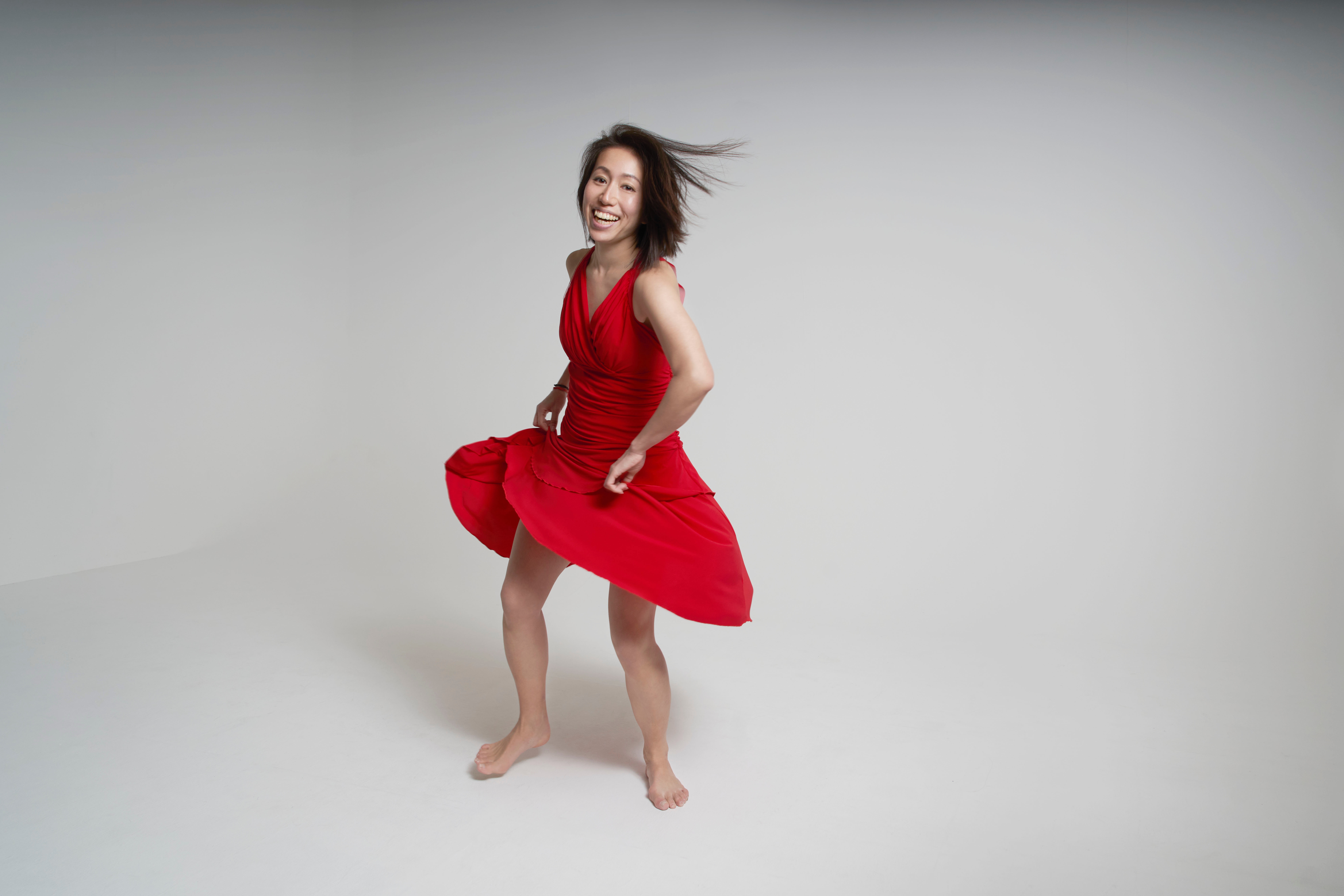The Lakeland Lecture Series Presents: Junko Sasaki
Date: Thursday, September 21, 2023.
Time: 7pm
Location: LUJ Lecture Hall (6th floor)
“Dance is the hidden language of the soul.” ― Martha Graham
The Lakeland Lecture series is now in its fifteenth year, and this month we just might have one of the most dynamic lectures in our history. Dancer Junko Sasaki will be joining us this month to talk about the art of Waacking, a genre of dance that can appeal to people of all ages and backgrounds.
As the poster below describes, this will be a “participatory” lecture, so when you attend, be ready to move and learn a new form of dance. As always, there will be time at the end to ask Ms. Sasaki questions.
Here are just a few videos of Junkoo (her professional name) dancing.
If, however, you cannot attend in-person, we are offering a chance to view the lecture via Zoom.
Here’s the link to register on Zoom: https://docs.google.com/forms/d/1xeEp44sY3Ml4PY7-ym31hPizZ8CO-cCmkFkt_bVk7YA/edit
Before her lecture, we asked Ms. Sasaki a few questions. Her answers are below.
How did you first get into dance, and how did it change you?
It began with DJing and from there I slowly started learning dance to express my emotion and communicate with people at parties. Dance changed the way I approached people communicatively. I can now more deeply understand people because dance delivers meaning by using nonverbal communication.
We think you've met a lot of people in the world who simply say, "I just can't dance." How might you be able to change their mind, or do you think it's true that some people simply 'can't' dance?
I don't think it's true that people can't dance. I believe dance means "using music to express our emotions nonverbally," so I think almost all people have some emotion when they listen to music and there are all kinds of movement that help to express their emotion. I think dance is a type of language. When I discover that some people have a bias toward dancing, this is what I tell them.
In the poster for the lecture, there are three styles of dance mentioned: Punking, Whacking, and Waacking. For those of us who are beginners to the dance scene, could you perhaps explain a bit the differences between the three? (We understand that you'll most likely be explaining them as well during the lecture.).
Punking is the original form of Waacking, and it uses posing to deliver an emotional expression.
Waacking started in the LGBTQ community in LA in the 1970s [Editor’s Note: Ms. Sasaki sent this video that shows an original punking/whacking/waaking/dancer in 1979: Go to the 56 second mark in the video]. Those dancers originally started with their Punking-like emotional posing and then expanded their movements to include arms, steps, and the entire body to express themselves—what is now called Whacking.
Punking conveys emotion as "action" whereas Whacking is movement as a "reaction". Then it has since evolved with the name as WAACKING.
I learned this information from the following teachers: Viktor Manoel, Dallace Zeigler, Tyrone Proctor, Archie Burnett, and Kumari Suraj.
